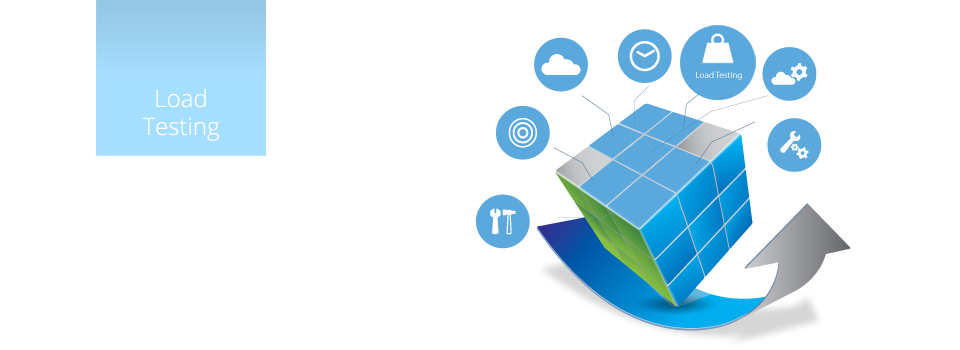Load Testing
Load testing is often used as a synonym for other types of non-functional testing. This page provides an easy reference summary for those interested in the differences between the various types of technical testing. Click on the headings below to find out more information.
Performance testing
Testing conducted to evaluate the compliance of a system or component with specified performance requirements.
Load testing
Any test performed with normal or extreme volumes of data, or numbers of users, typically to show stress and performance characteristics and reveal load-related defects.
Stress testing
Testing conducted to evaluate a system or component up to the limits of its load capability. This is the testing of a product beyond normal load; in particular, in terms of numbers of users and volumes of data. It may involve measurement of the speed in which data is processed (see Performance testing).
Scalability testing
Testing designed to prove that both the functionality and the performance of a system will scale up to meet specified requirements (usually to support a higher number of users).
Volume testing
Testing where the system is subjected to large volumes of data.
Performance testing tool
A software tool which automates the recording of a user’s activity in an IT system involving one or more protocols (for example HTTP, Citrix), and allows subsequent replay to emulate the activity of a large number of users.
Soak testing
Testing conducted over an extended period of time to reveal resource usage problems such as memory leaks.
Endurance testing
See Soak testing.
Performance monitoring
Collection and analysis of the performance, throughput and resource usage of an IT system over a period of time.
Performance tuning
The optimisation of performance, throughput and efficiency of resource usage for an IT system.
Disaster recovery testing
Testing conducted to demonstrate that recovery procedures are effective following a disruption affecting IT systems. For example this might include testing that database backups can be restored. Often confused with Business Continuity Testing.
Business continuity testing
Testing that a business can continue to operate effectively when disruption has occurred – independently from the recovery of any IT systems affected.
Spike testing
Testing where operations are co-ordinated at significant points to highlight errors which occur only during concurrent usage.
Reliability testing
Testing that detects whether occasional operations fail when a large number of operations are performed.
Stability testing
A term best avoided, as to some it means testing stability over time (see Soak testing), whereas to others it means testing a system is stable when failures are deliberately introduced (see Failover testing).
Resilience testing
See Failover testing.
Failover testing
Testing where a system is made to fail under load, to verify whether standby systems are correctly used to maintain service.


 Company
Company